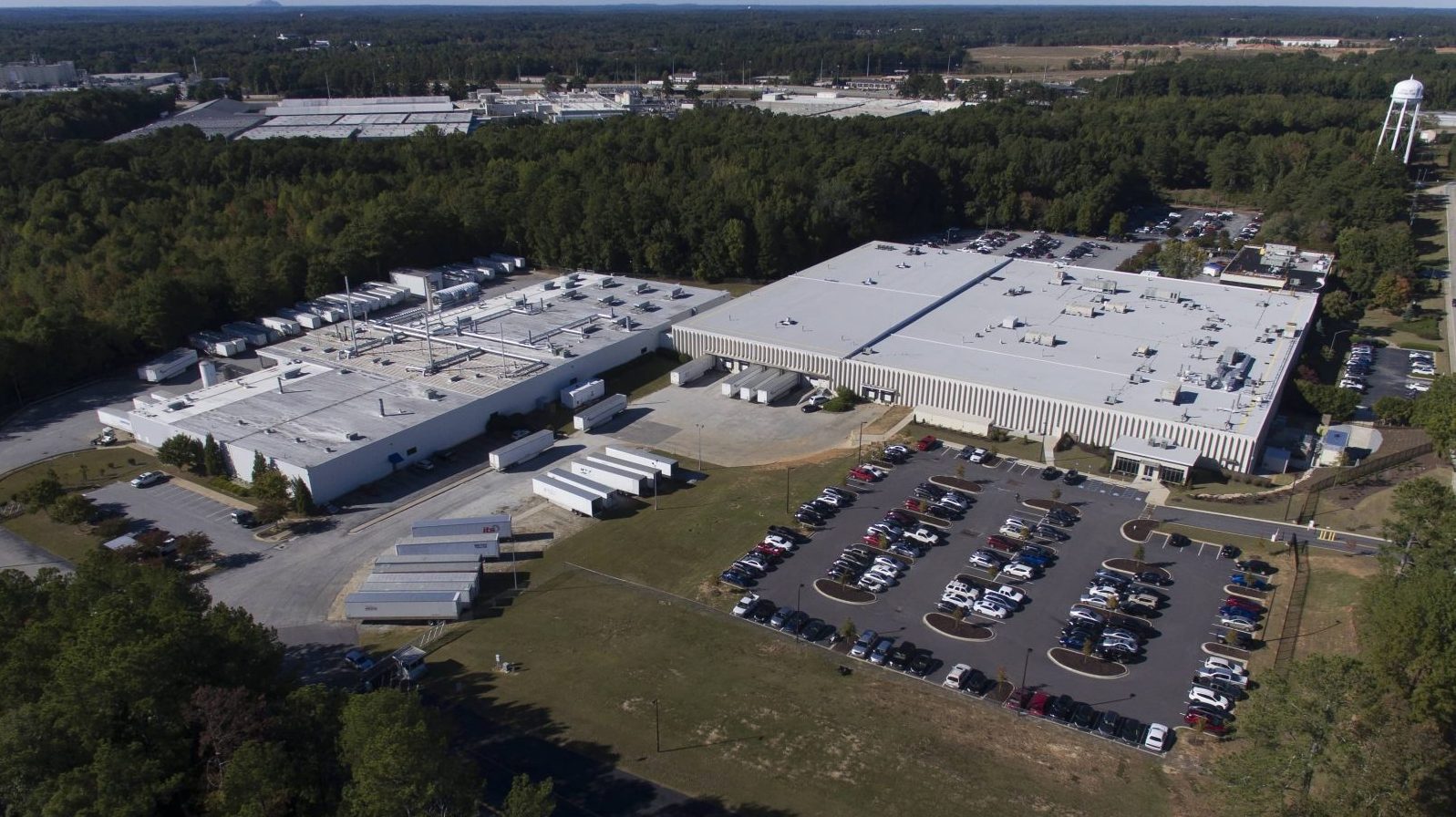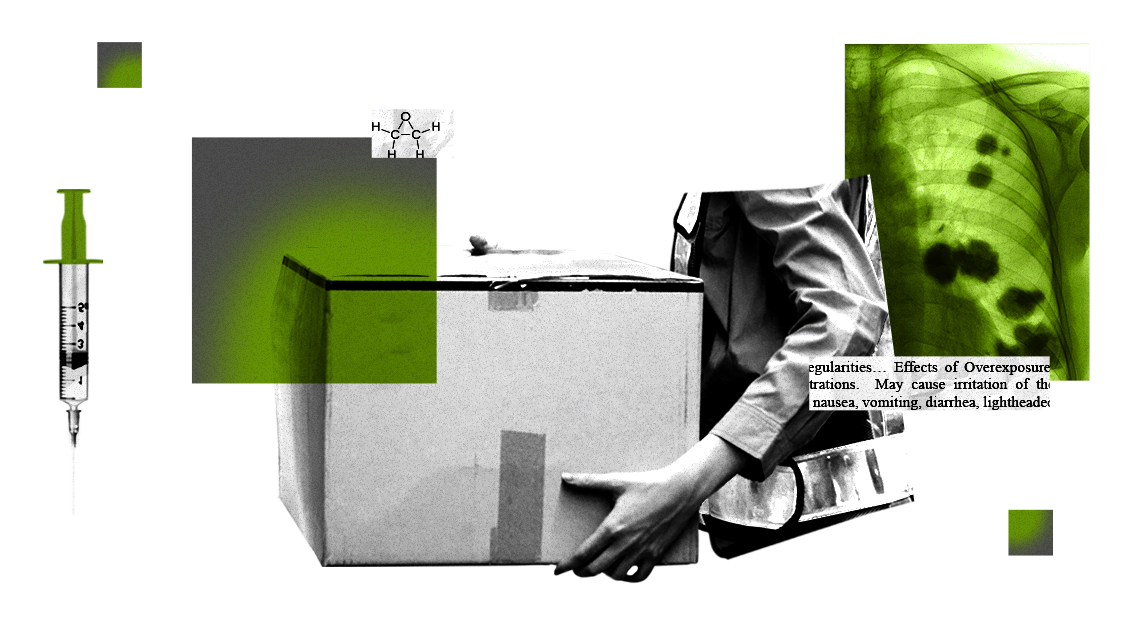
Earlier this year, the Environmental Protection Agency finalized new regulations to control the more than 80 industrial facilities across the country that use ethylene oxide, a highly potent and toxic chemical, to sterilize medical equipment. The rule was announced eight years after the agency discovered ethylene oxide is 30 times more toxic to adults and 60 times more toxic to children than previously understood. This new rule marked the first time regulations for these sterilization facilities have been revised in three decades.
Now the rule is coming under fire from two directions. In early July, groups representing environmental advocates and the medical-supply industry both filed separate lawsuits against the EPA.
Studies have linked ethylene oxide exposure to cancers of the stomach, breasts and lungs, and found that it can alter DNA, causing negative health effects in unborn children. The chemical has the unique ability to disinfect products without damaging their heat-sensitive components, making it an essential part of the medical device supply chain. The FDA estimates that approximately half of all medical devices manufactured in the U.S. pass through ethylene oxide sterilization facilities, making these plants hotbeds of ethylene oxide exposure. (Globally, ethylene oxide is also used to sterilize food products, cosmetics, and textiles.) The EPA’s new rule targets these operations and requires them to install equipment that can capture and destroy more than 99 percent of their ethylene oxide emissions within the next two to three year.
But environmental and community advocates, who have long pushed the agency to more closely scrutinize the sterilization industry, don’t believe the rule goes far enough to protect residents and are trying to enforce stricter standards in court. They also argue that the compliance deadline is too far. By giving companies up to three years to comply, the EPA is “unlawfully and arbitrarily extending [residents’] exposure to toxic emissions of ethylene oxide,” their initial court filings argued. The lawsuit was filed on behalf of members of the Sierra Club, California Communities Against Toxics, and the Union of Concerned Scientists as well as community groups in Lake County, Illinois; Laredo, Texas; and Salinas, Puerto Rico — all places where sterilizers release hundreds of pounds of ethylene oxide into the air each year.
The EPA’s rule does not require sterilization companies to monitor the air around their facilities for ethylene oxide—a requirement that could help residents assess the effectiveness of the emission reduction equipment required by the EPA—and continues to classify sterilization facilities as “minor” sources of toxic to consider emissions despite their disparate impact on public health. The advocates argue that by refusing to require these additional protections, the EPA is denying residents “access to appropriate information about the danger posed by the commercial sterilization facilities in their neighborhoods.”
Meanwhile, the Ethylene Oxide Sterilization Association, or EOSA, a trade group representing sterilizers and medical equipment manufacturers, argues in its own legal filings that the EPA’s regulations use inappropriate cancer risk estimates for ethylene oxide, set an unrealistic compliance deadline and don’t cover the cost of installation of equipment to capture emissions adequately.
For companies affected by the rule, a key point of contention stems from the EPA’s decision to conduct a second analysis of the cancer risk posed by ethylene oxide. The first standards for ethylene oxide sterilization were promulgated in 1994, and the EPA investigated the health risk posed by the sector in 2006. According to the Clean Air Act, the EPA is supposed to review the standards for these facilities every eight years, but regulators fail to meet this obligation in 2014 and again in 2022, after which environmental groups sued. The resulting court decision led the agency to include in its new rule a second review of the facilities’ risk to communities using an updated toxicity value for ethylene oxide. Industry groups claim that the EPA lacks authority to conduct this second review.
The American Petroleum Institute sought to intervene in both lawsuits, in part because it believes the second risk review — which the EPA rarely, if ever, does — sets a precedent that could apply to other petrochemical and industrial facilities. .
Both environmental groups and EOSA filed motions to intervene in the other group’s lawsuit. The cases will be litigated in the DC Court of Appeals. On background, a source with knowledge of the matter told Grist that it is in its “very, very early stages,” with no clear timeline for what comes next. What is clear is that the battle to regulate medical sterilization facilities — one that the EPA had hoped to put to bed with its new rule — is far from over.
The health of about 14 million people who live within a 5-mile radius of these facilities can hang in the balance.




